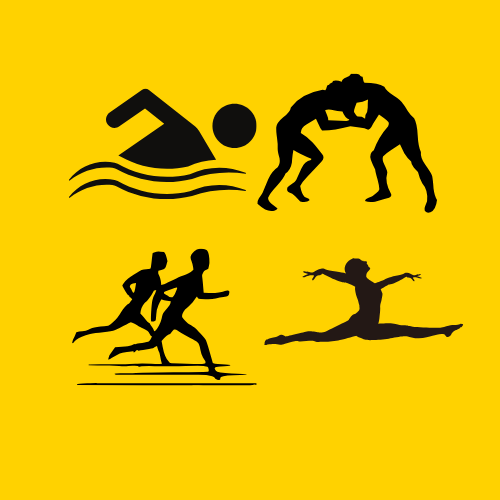
A New Era for NCAA Swimming Championships
Big changes are coming to the NCAA Swimming Championships, set to launch in March 2026. The College Swim Coaches Association (CSCAA) announced the NCAA Swimming and Diving Oversight Committee's approval of a comprehensive modernization plan aimed at revitalizing the competition. With exciting new formats and updated event schedules, the NCAA aims to attract attention not only from athletes but also from broadcasters and fans alike.
Why the Overhaul is Necessary
As collegiate swimming faces fierce competition, especially from other sports in a rapidly evolving landscape, the need for modernization has never been more pressing. The proposed changes intend to align NCAA events more closely with the demands of broadcasters while enhancing the overall experience for teams and spectators. With new qualification standards and a reworked championship format, the future will provide swimmers with a more intense competition where every race counts.
Key Changes to Expect
Among the transformative changes is the elimination of consolation finals. Instead, athletes placing ninth through 16th will earn points based on their preliminary swims. This change has been made to increase the stakes in each session, thus making each race pivotal for overall rankings. Additionally, the diving competitions will now be divided into two segments of three dives, allowing for extended breaks during finals—a move expected to boost performance.
Redefined Event Schedule for Thrilling Performances
Several individual events have been strategically moved to enhance high-stakes competition. For example, the timed finals of the 1650 freestyle are now scheduled for Wednesday, directly before key relays typically swum later in the week. This change is expected to increase tension and excitement in the most significant races as athletes strive for victory under pressure.
New Qualification Standards Reinforcing Inclusion
To broaden access to the NCAA championships, all swimmers achieving conference titles will now receive automatic bids, provided they meet the newly established qualifying times. The previous 'A' and 'B' time standards have been simplified into a singular standard that corresponds to specific placements from the previous year's events, ensuring more diversity in competitors and representation.
The Broader Impact on College Athletics
The CSCAA Executive Director, Samantha Barany, has expressed optimism about the changes, emphasizing that they may not be perfect but are necessary for driving the sport's future. The aim is to make NCAA championships a vital component of college athletics, much like March Madness in basketball. Such branding could elevate the visibility of collegiate swimming, drawing more fans and sponsorships to the events.
Looking Ahead: What This Means for Athletes
As athletes prepare for this new landscape, the focus will be on training more strategically, knowing that every heat and race could have significant implications for teams and individual rankings. Coaches, too, will need to adapt their strategies, emphasizing peak performance at crucial moments amidst a more intense competition schedule.
In Conclusion: A Call to Action for Enthusiasts and Stakeholders
The impending changes to the NCAA Swimming Championships underscore a critical moment in collegiate athletics. As swimming enthusiasts and stakeholders, your voice and engagement are essential in shaping the future of the sport. Whether you're an athlete, coach, or fan, stay informed and involved as this new chapter unfolds. It’s time to embrace the excitement, innovations, and heightened intensity of collegiate swimming!
 Add Row
Add Row  Add
Add 




Write A Comment